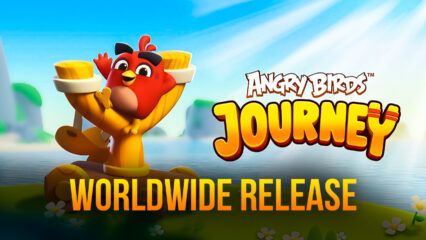The Best Angry Birds Journey Tips, Tricks, and Strategies for Beginners
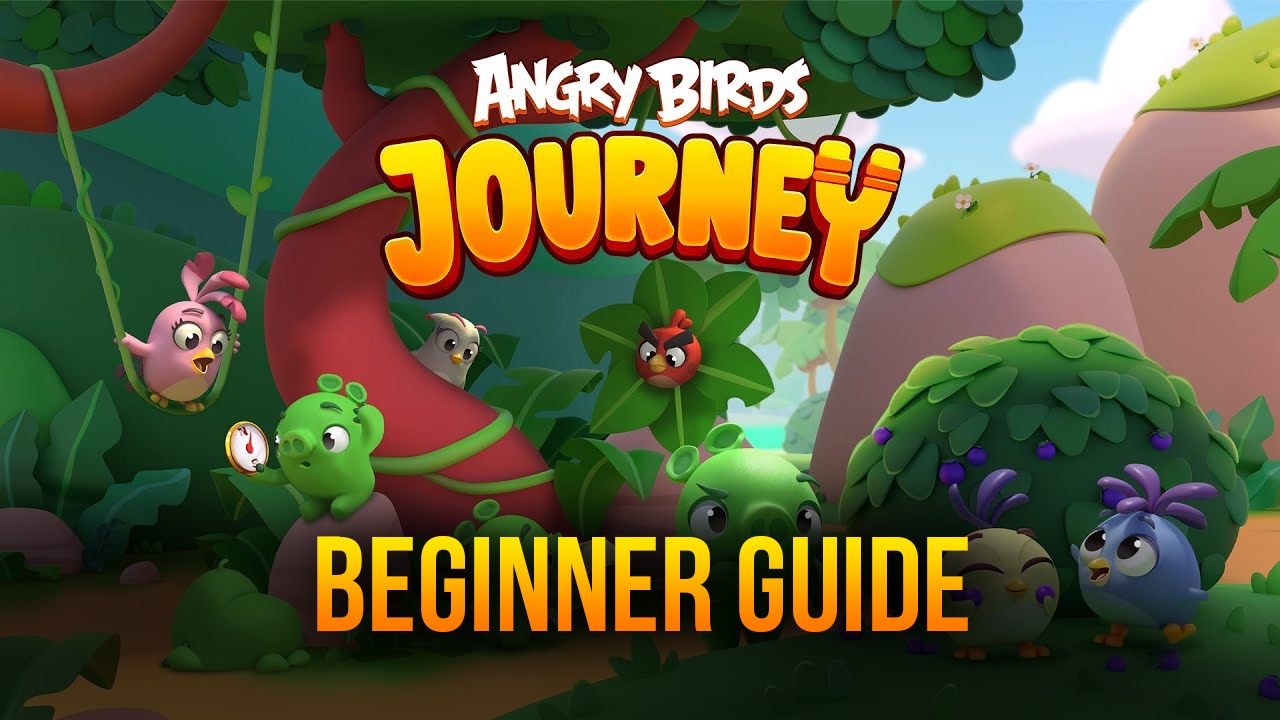
In the mobile game industry, Angry Birds doesn’t really need any introduction; it’s just as iconic as other titans in the field of casual games like Candy Crush, Lily’s Garden, and Fruit Ninja, to name a few. And just like its other casual counterparts, the Angry Birds games are designed to give players a quick and easy game to pass the time without really requiring much of a commitment or effort—they are games you can pick up and play at any moment, and drop them just as quickly.
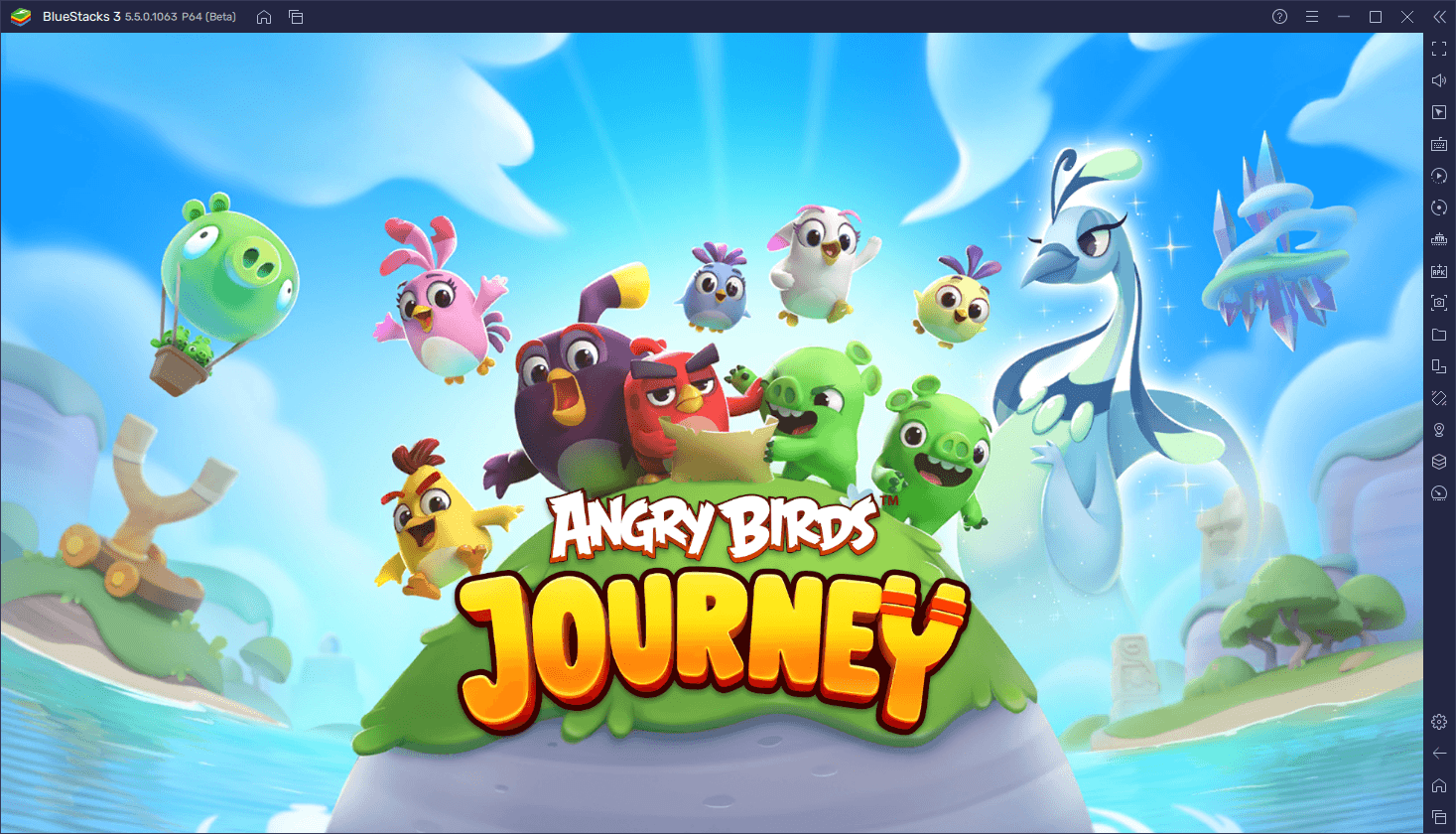
The newest installment in the franchise, Angry Birds Journey, is somewhat of a return to form, featuring the same casual gameplay that made the series popular in the first place, but with a few modernized aspects to both keep the gameplay fresh and varied, as well as to give players a decent challenge in many of its levels.
Like with many other Angry Birds games, the idea of Journey is to travel across a wide variety of levels, where you must fling your trusty bird companions from a massive slingshot in order to topple the pig’s structures and defeat your porcine adversaries. To this end, you will progressively unlock a variety of birds that, aside from physically smashing into the buildings and structures, have unique properties and skills that will make them useful for specific situations.

With that being said, we wanted to write this Angry Birds Journey beginner’s guide with lots of tips and tricks, in order to help give you a headstart in Rovio’s latest creation.
Familiarize Yourself With the Different Birds
As we mentioned just now, there are a variety of different birds in Angry Birds Journey, all of which have their own traits when launched at the enemy. Knowing what each of these characters can do will be pivotal for doing the most damage with every single shot. And to this end, listed all the different birds in the game for your convenience:
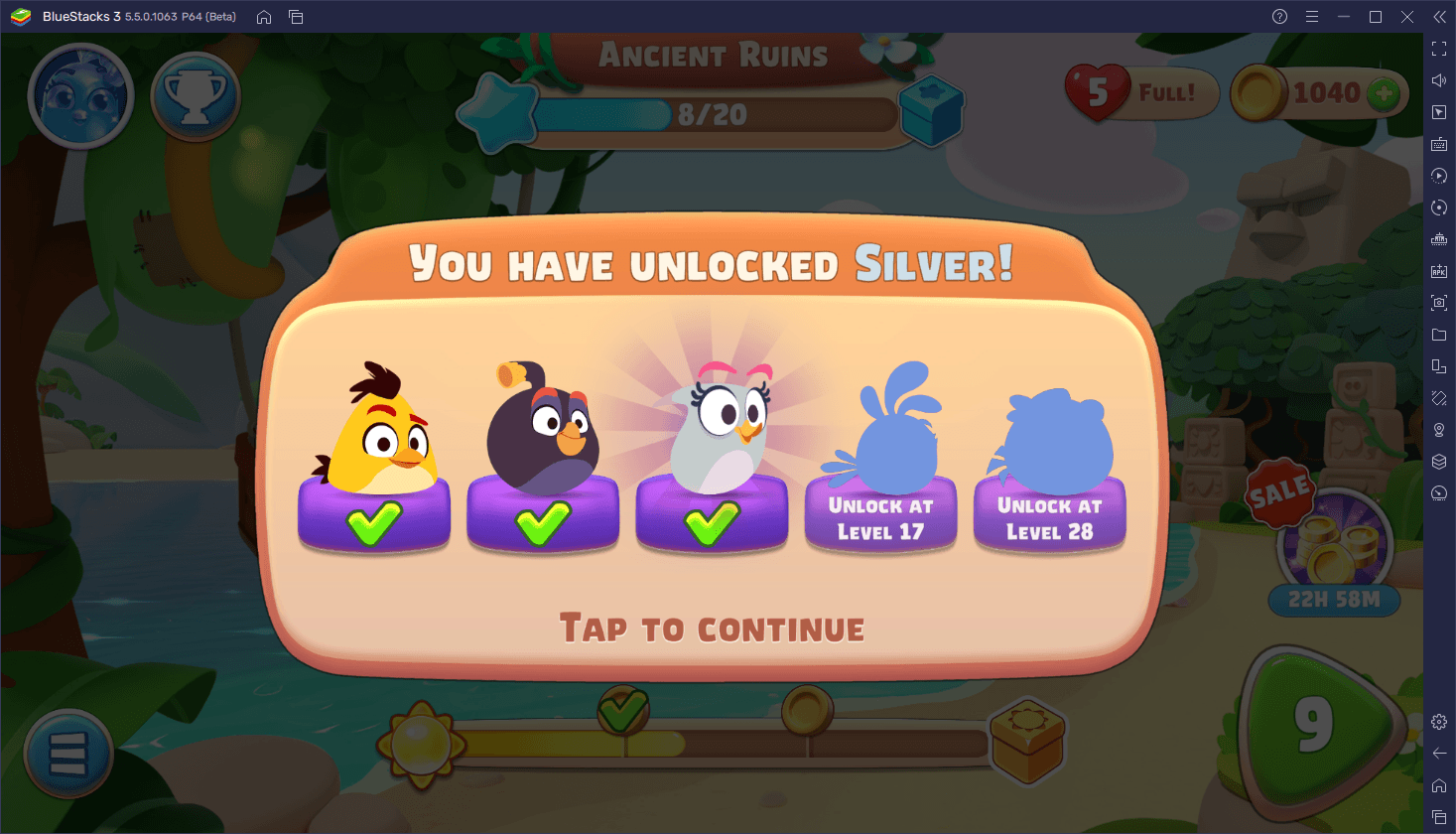
- Chuck: The triangular yellow bird cuts through all blocks in a horizontal line from the point where he first makes contact with the structures.
- Bomb: Like his name suggests, this big, round, blackbird explodes on contact, dealing damage in a radius around the point where he made contact.
- Silver: Similar to Chuck, but she cuts through everything in a vertical manner, downwards from the point where she makes contact.
- Stella: Upon making contact, Stella deploys a small bubble around her that captures all blocks in her vicinity, and then launches them upwards and away from her. She’s excellent for making combos by throwing some blocks towards other structures.
- Red: The iconic bird of the franchise, he can quickly dart across the field from the point of impact, sweeping everything in his way. Red does this multiple times per shot.
Knowing what your birds can do is half the battle, as this will give you the knowledge to use each of them to their fullest extent.
Not All Structures are the Same
Just like there are different birds, you’ll also find key distinctions across the different structures used by pigs. Namely, there are glass, wood, and stone variants from the beginning, all of which have different properties when struck.
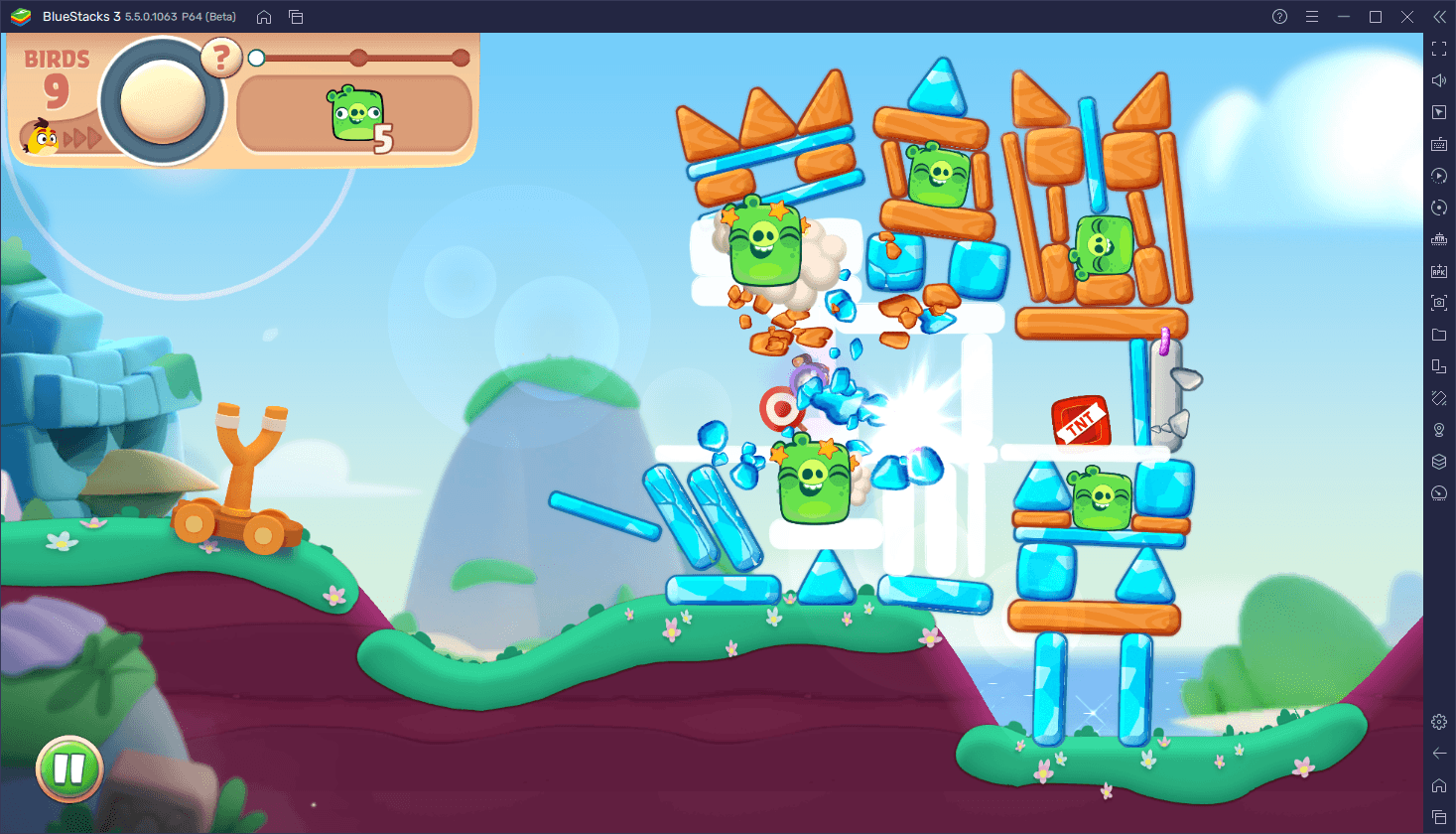
Just like knowing about the different birds, it’s also crucial to know how these structures react to damage, in order to plan the very best plays. For instance, glass is the weakest type of structure; it’s brittle and shatters, and can be easily toppled with little effort. For this reason, you can use it for causing chain reactions by making it fall on top of enemies or on other structures. On the other hand, wood is much less flexible and doesn’t shatter as easily. Stone is the hardest type of material and usually requires direct hits or the explosion of a TNT crate to destroy it.
Keep in mind these different materials in order to make the best decisions.
Check Your Objectives
While most stages are straightforward and can be beaten by clearing them of enemies, you can always check your current objectives by looking at the top left corner of the screen. This will come in handy when tackling some of the more advanced and tougher stages as it will give you an idea of what to prioritize with every shot.
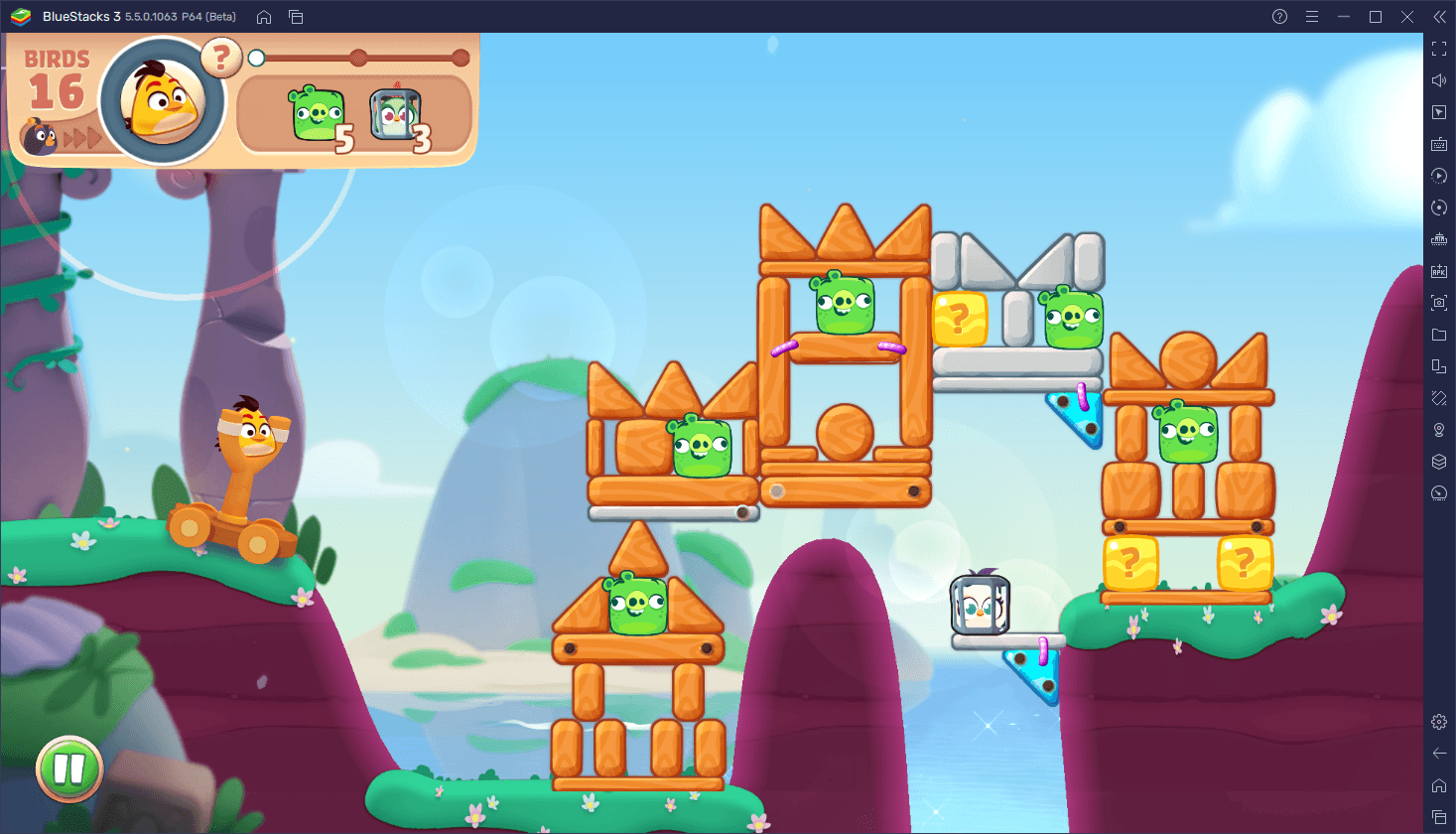
Save Your Anger Meter For The Right Occasion
Shortly after you start the game, you’ll unlock the Anger Meter. By destroying blocks in a stage, you’ll charge up the meter, and once it’s full, you can click on it to trigger a stronger version of the current bird, significantly amplifying their skills.
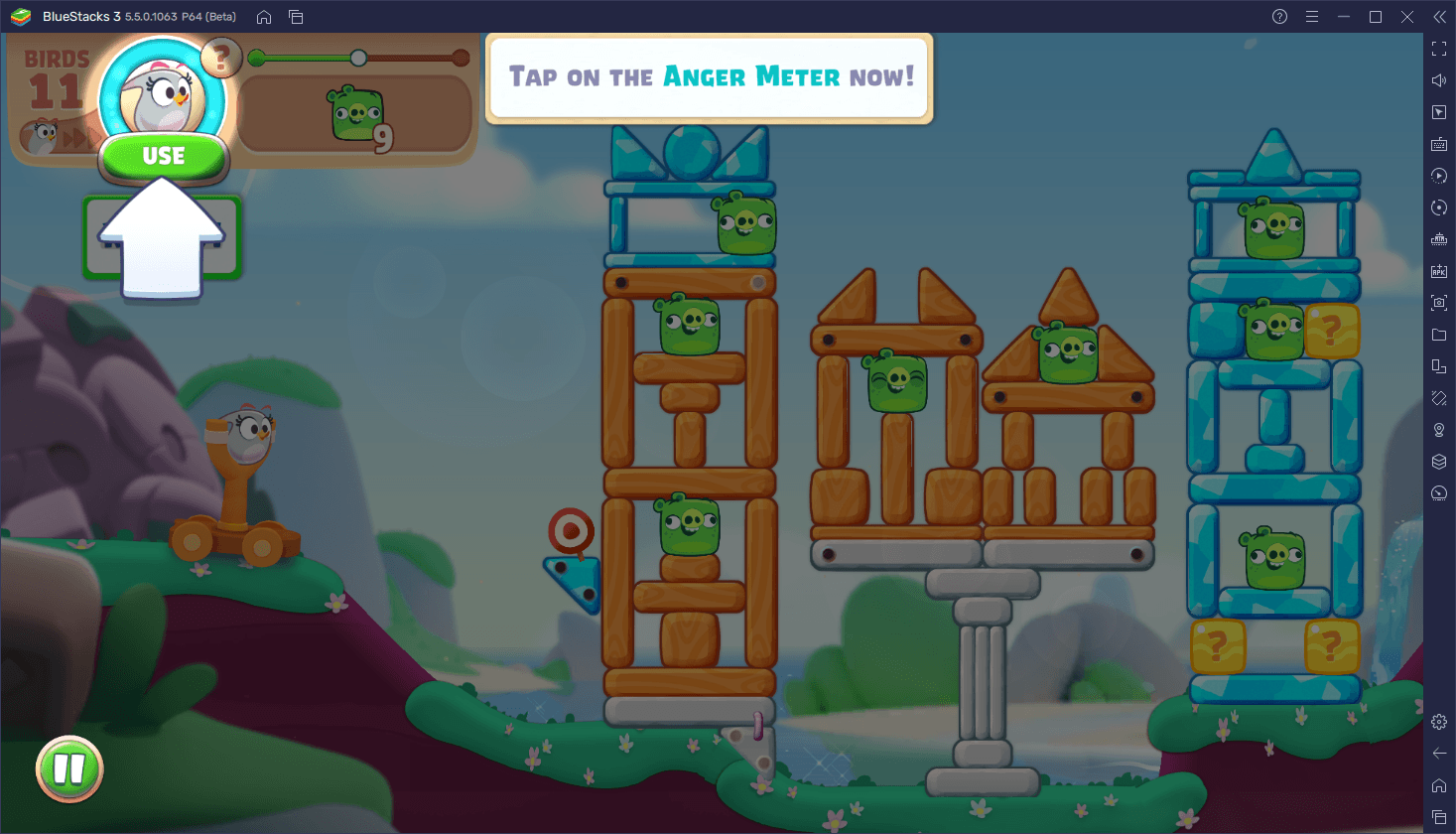
When activated, the Anger Meter enhances the current bird, making them much stronger and enhancing their respective skills. This basically just means that they affect a much larger area, which is true for all except Red. In the case of the latter, using the Anger Meters lets him perform up to 8 consecutive jumps, causing much more destruction in his wake.
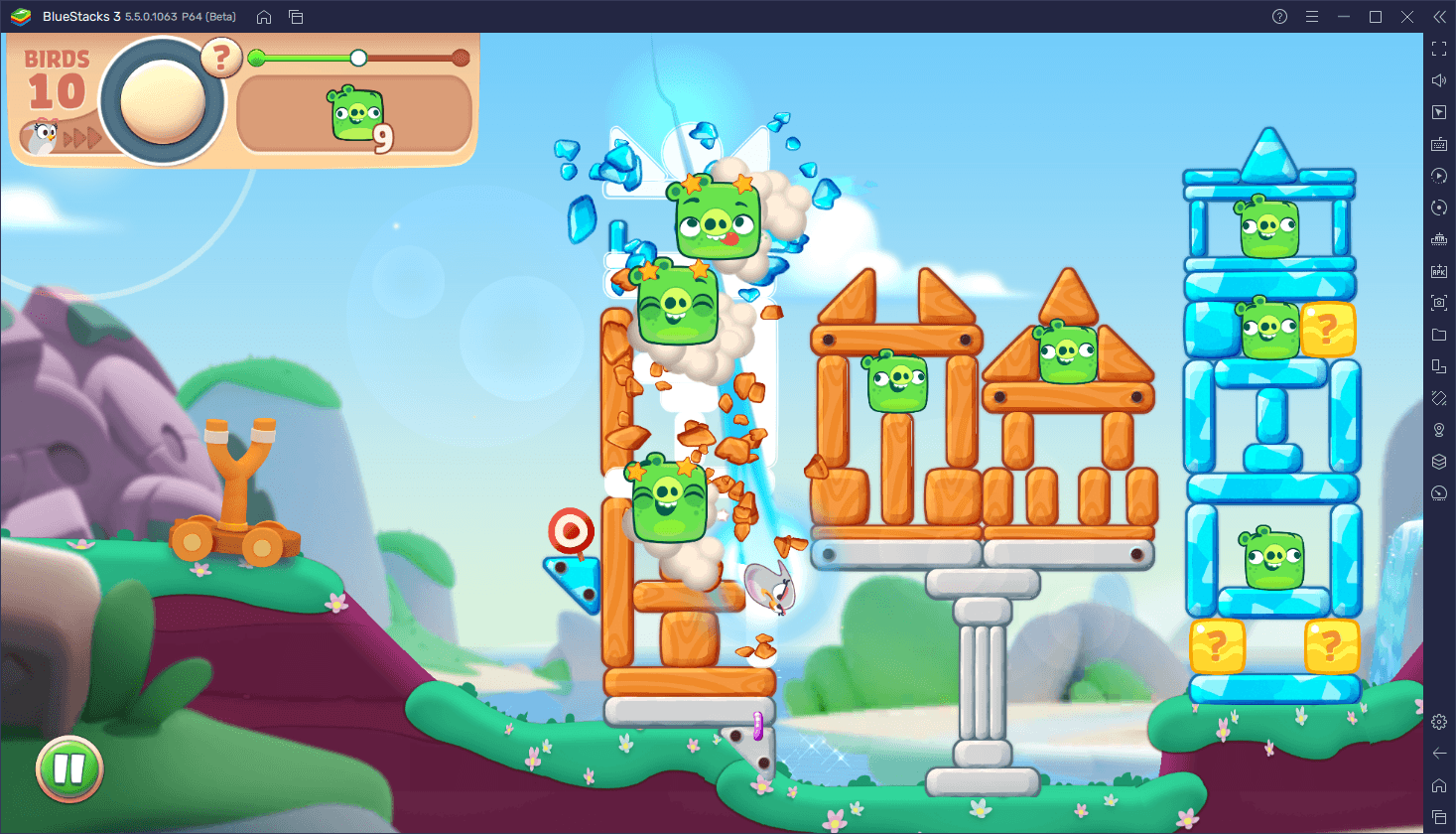
Aim For Weak Spots
The idea of Angry Birds Journey is not just to complete the objectives of the stages—while this will definitely let you progress, you should always strive to play more efficiently in order to complete stages much faster. And by efficiently, we mean completing the objectives with as few moves as possible. Not only does it look cool when you create large chain reactions across entire stages, but practicing your efficiency will also work wonders when tackling the tougher stages.
One of the best ways to play efficiently in Angry Birds Journey is by examining the stages for weaknesses and then aiming for said weaknesses with the right type of birds. Some of these weaknesses may include parts of the stage that are held up by bolts, or piles of rocks held back by thin wooden walls that, when destroyed, can cause rockslides to fall on your adversaries. And like these two examples, most stages are set up so that you can trigger chain reactions by pulling off specific shots.
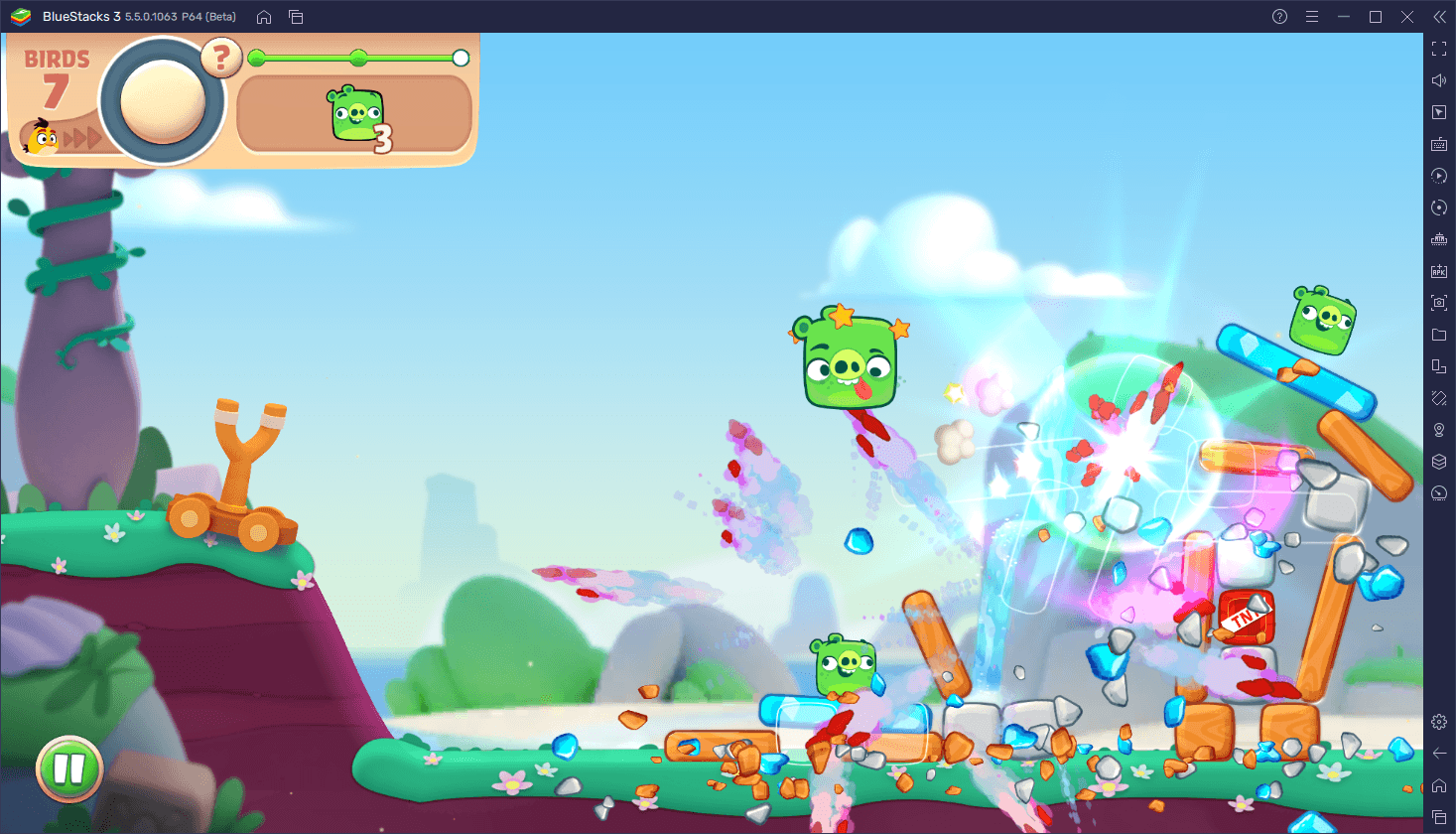
Sometimes, these setups are not quite apparent at a glance. However, remember that, as we mentioned above, not all structures behave the same, and that, sometimes, the setup is the stage itself. For instance, if there are structures made entirely of glass, you could aim for the base, and the whole structure will likely fall and shatter, defeating all the pigs inside. In this sense, you should always consider the materials in a structure when planning your moves.



